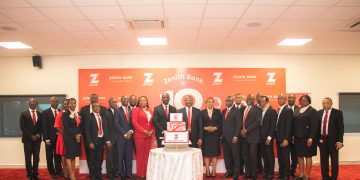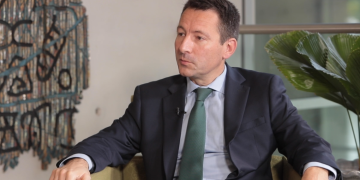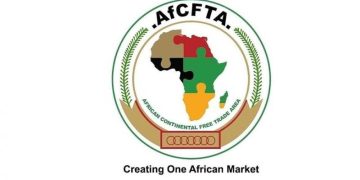Ghana’s total debt stock increased by 1.4 billion cedis between April and May 2015.
[contextly_sidebar id=”hBxZTf0iGOTDPpRgRchZwNcD88TEDIhm”]According to figures from the Bank of Ghana the total debt stock as at May 2015 stood at 89.5 billion cedis which is 67.1% of Gross Domestic Product (GDP).
In April the country’s total debt stock stood at 88.1 billion cedis, representing 66.1% of GDP.
This was contained in the BoG’s summary of economic and financial data for July 2015.
According to figures from the Bank of Ghana the country’s external debt stock has increased by 1.7 billion cedis.
The figure as at May this year was at 53.8 billion cedis representing 40.4% of GDP.
The external debt stock as at April was 52.1 billion cedis representing 39.1%.
Interestingly the country’s domestic debt stock reduced by 300 million cedis between April and May, 2015.
According to the Central Bank the total domestic debt stock as at May 2015, stood at 35.7 billion cedis standing at 26.7% of GDP.
In April 2015, domestic debt stood at 36 billion cedis representing 27% of GDP.
The International Monetary Fund (IMF) has categorized Ghana as a high-risk distress country.
Responding to a question on the status of Ghana’s 1billon Eurobond at a press conference in Washington DC last month, IMF Communication Director, Gerry Rice, said
“For countries at high-risk distress like Ghana, reducing the debt burden and associated vulnerability is a priority so the authorities have to be very selective with regards to new non-concessional borrowing since that can escalate.
“So Fund policies are flexible, they can accommodate some non-concessional borrowing if indeed it is intended to finance critical and profitable projects for which concession finances are not available.”
–
By: Rabiu Alhassan/citifmonline.com/Ghana










































